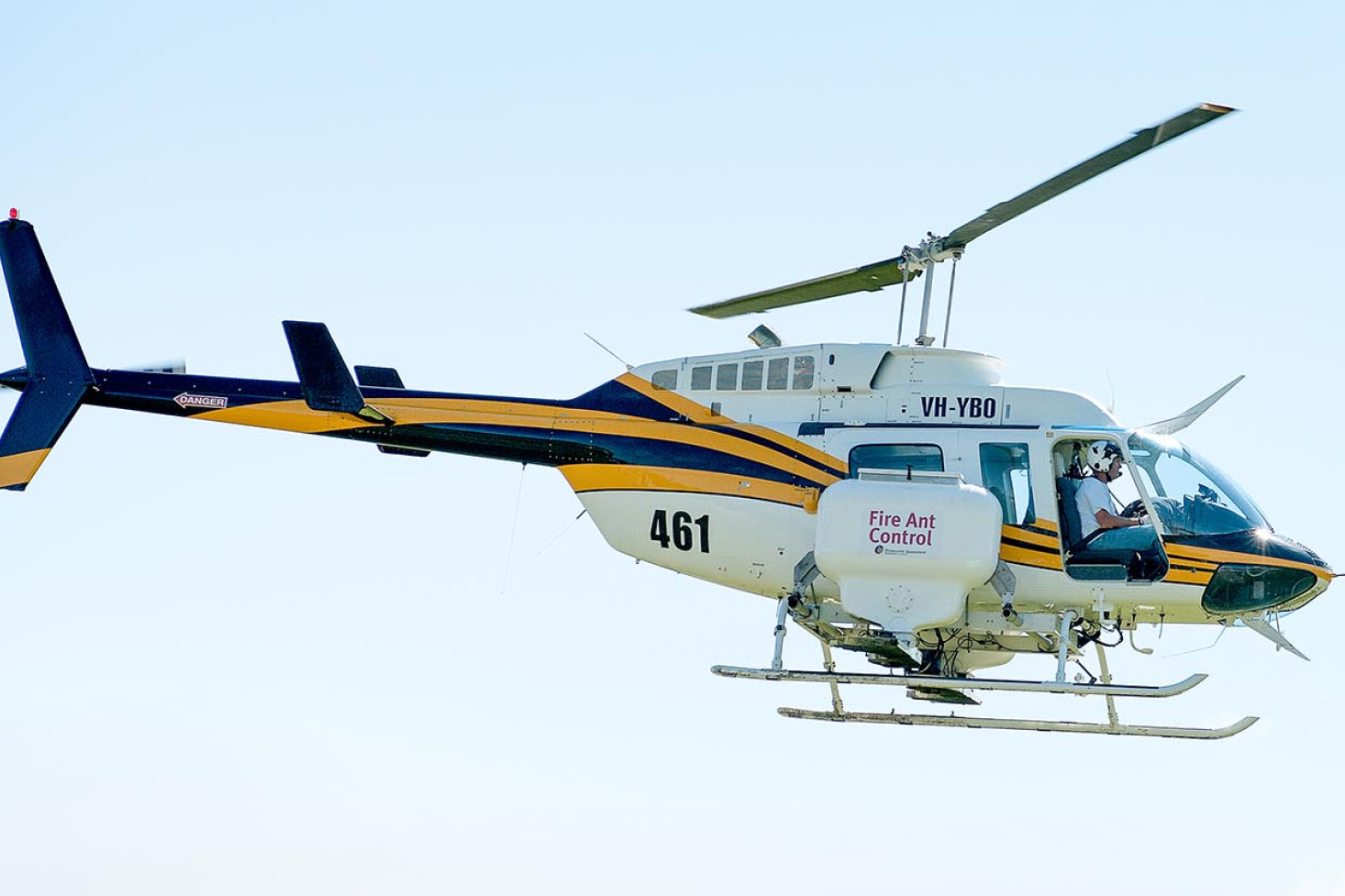General News
24 May, 2024
Fire Ant treatment starts
Fire Ant treatment has started this week in Oakey, as new rules and regulations have come into effect following the recent discovery of fire ants at Swartz Barracks.

Fire ant biosecurity zones apply to anyone who deals with organic materials that can carry fire ants, sourced from within the zones.
This includes soil, hay, mulch, manure, quarry products, turf, and potted plants.
This means that residents and businesses located in the Oakey fire ant biosecurity zone are legally required (outlined in the Biosecurity Regulation 2016) to:
• check the fire ant biosecurity zones regularly and follow associated movement control orders
• use fire ant-safe practices before transporting materials originating from within the zones.
People purchasing organic materials produced within the zone will also be required to ask their suppliers if these materials have been produced, processed, and stored using fire ant-safe practices.
Failing to check the ant biosecurity zones or the associated movement controls can lead to financial penalties, temporary business closures, and legal implications.
A local earthmoving business, who did not wish to be named, said it was frustrating to have to deal with this given the pressure they were already under.
Another business that conducts earthmoving said it shouldn’t affect operations as they didn’t use material sourced from within the zone.
“Pretty much business as usual,” a spokesperson said.
David Cooper from Coops Construction said his business at Kelvinhaugh has not been affected as it is outside the zone, which extends outwards in the 5km radius around the point at which fire ants were found within the base.
“We had somebody come out and met us at our yard, and said there’s no change,” he said.
“If it spreads a bit a further, then things might change.
“It’s just about doing our due diligence and a bit of awareness.”
At this stage, all fire ant nests have been found within the confines of the Army base.
Fire ant eradication treatment has started in Oakey this week.
Treatment involves aerial chemical drops, followed by targeted treatment on smaller and residential properties.
All targeted properties must be treated multiple times to ensure eradication.
The treatment products used are safe for humans, animals and pets, and approved by the Australian Pesticides and Veterinary Medicines Authority.
They contain the same active ingredients as those found in household and farm pest control products.
Ashley Bacon, Executive Program Director National Fire Ant Eradication (NFEA) Program said stopping human-assisted movement would stop the spread.
“Fire ants move quite slowly on their own, but people speed them up,” Mr Bacon said.
“Illegally moving just one solitary fire ant queen to a new area could lead to the infestation of an entire community and have serious consequences.
“Introducing a fire ant biosecurity zone in Oakey will help mitigate the risk of human-assisted movement and protect the local environment, economy, human and animal health, and outdoor way of life.
“We are working closely with primary producers, industry, and key stakeholders in Oakey and surrounds to ensure they are aware of the new requirements and what they mean for them.
“If you live in Oakey or another area in the fire ant biosecurity zones and deal with organic materials, not being aware of the rules is not an excuse.
“Eradicating fire ants is not easy – it will take a whole of community approach and everyone plays an important role in this.
“If our teams need access to your property, please let them in so they can protect you, your family and your way of life from fire ants.”
The National Fire Ant Eradication Program is also responding to a new detection in Meringandan West,.
Two suspect nests were located by the Program’s odour detection dog team on Tuesday 14 May.
The team was in the area conducting surveillance as part of compliance tracing activities.
The tracing is not linked to the recent detection in Oakey.
Both nests have been treated using liquid insecticide.
NFEA Field teams are on site conducting eradication activities to ensure all nests are located and if necessary, treated.
Residents and businesses in Meringandan West are encouraged to join the fight by looking for and reporting any suspect nests or ants.
Fire ants are copper brown in colour and have a darker abdomen.
They measure 2 to 6 millimetres in length with a variety of sizes found in each of their nest, save no obvious entry or exit holes.
Fire ants are attracted to disturbed soil and can be transported through human-assisted movement of organic materials.
This is the greatest risk to their spread and can have devastating impacts on our environment, economy, human and animal health, and our outdoor way of life.


